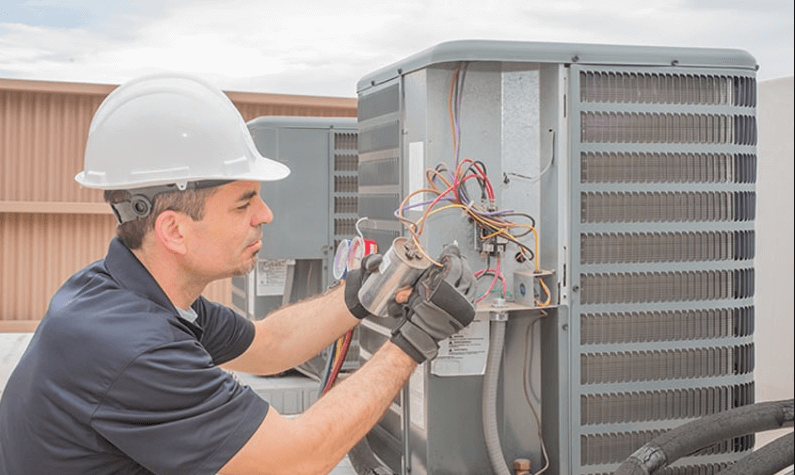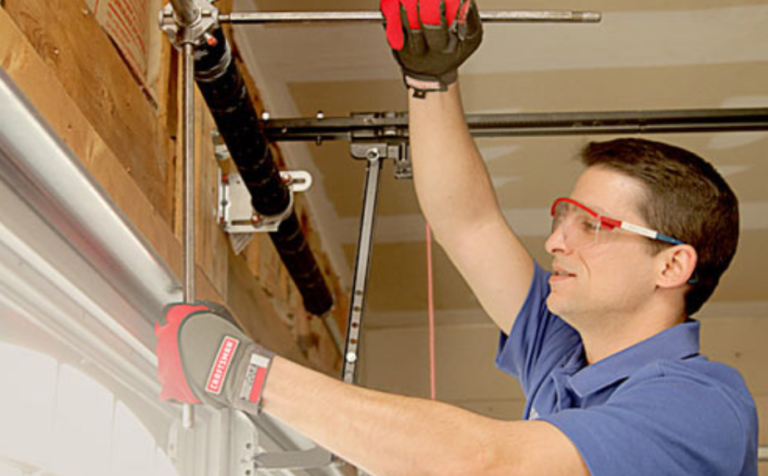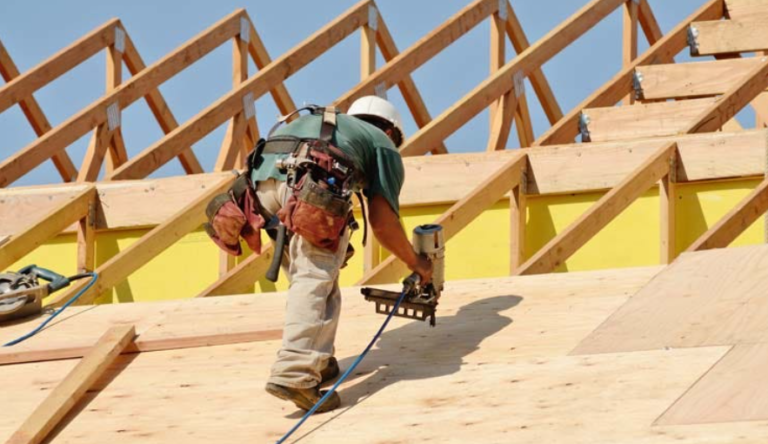Can an HVAC System Contribute to Health Issues?
HVAC systems can contribute to health problems by spreading allergens, mold, and stale air, which may worsen asthma or allergies. Dirty filters, blocked ducts, and humidity imbalances are common causes, but HVAC troubleshooting by Beltway Air Conditioning & Heating experts, along with regular maintenance, proper ventilation, and high-quality filters, can reduce these risks. Understanding these factors helps ensure a healthier indoor environment for all occupants.
How HVAC Systems Impact Health
HVAC systems can play an important role in indoor air quality and health due to the possibility of dust, mold, and pollutants emerging in unkept systems. Poor filtration, humidity, and low heating maintenance increase the risks linked to breathing. Proper filtration, frequent air conditioning service, and humidity guarantees a healthier house and purer air.
Contaminated Airflow
Dust, mold, and other debris might be in the air ducts. The HVAC spreads that junk to the room areas, and this can result in the emergence of respiratory illnesses or allergies.
The factor of the moving air also plays its role in the case since the still air gives the accumulation of these particulates the chance to happen inside a building, especially when airtight buildings with lower ventilation rates are involved. Exposure to duct or component contamination is a long-term health hazard.
Clean air and minimum exposure to clean ducts and vents.
See also: Remote Work Productivity Hacks: Maximize Efficiency While Working from Home
Poor Filtration
Air filters offer the first line of defence against air toxins. The loaded or ineffective filters will be unable to capture the allergens, dust, and small particulates, exposing a person to pollutants.
This can worsen breathing pathologies, especially in asthmatic patients and allergic individuals. By substituting filters with HEPA filters and replacing them after every three months, it will guarantee the best functionality of the system and cleaner air.
Humidity Imbalance
The HVAC systems control humidity within a building, and when not properly adjusted, they cause problems. The moisture motivates mold, which is not healthy.
It is dry, and it can lead to drying of the skin, breathing discomfort, and pain overall. These issues can be avoided by maintaining the humidity level in the house at a normal 30-50 level.
Healthy living includes humidifiers or dehumidifiers, where needed.
Combustion Byproducts
Harmful combustion fumes such as carbon monoxide and soot may be very hazardous, and ventilating the neglected heating systems may emit them. Potential poisoning should be avoided by placing carbon monoxide detectors or by checking the furnace regularly.
Cross-Contamination
Apartment buildings, such as common ductwork, may transport pathogens to other apartments and are therefore a major risk of cross-contamination.
Properly insulated and sealed ductwork has the effect of reducing cross-contamination. Zoning systems allow better management of airflows and less exposure to pollution.
The Unseen HVAC Dangers
Having poor ventilation, mold, and unbalanced temperatures are harmful features of poorly installed or maintained HVAC systems. Poor installation and poor sizing of trapping entraps toxins and reduces efficiency. Regular checks, licensed workers, and low-VOC resource materials assist in creating a healthy and safe home.
Faulty Installation
Poor HVAC construction may limit air flow, stagnation, and trapping of dust and allergens that may lead to the development of respiratory problems. There can be miscalibrated systems that lead to inconsistent heating or cooling and contribute to the presence of hot and cold spots that are uncomfortable and contribute to increased energy use. This will give a safe and efficient arrangement through the use of licensed workers.
System Sizing
Excessively large or small HVAC systems may result in poor humidity control and uneven heating and cooling. Big units start and stop too often, which poses energy waste, and small units can hardly achieve comfortable conditions. Professional load calculations provide adequate sizing and avoid the possible air quality problems, such as mold growth.
Chemical Off-Gassing
Some examples of components that might emit volatile organic compounds (VOCs) into the house and pollute indoor air include adhesives, insulation, and refrigerants. Chronic contact with the VOCs can lead to headache, exhaustion, or breathing difficulties. Such hazards are reduced by the replacement with low-VOC materials and proper ventilation. Inspections that are conducted annually also assist in securing the indoor air.
Specific Health Consequences
Kept HVAC systems can lessen the indoor air quality, exposing the body to air contaminants and allergens. The health consequences are mild to severe, particularly to sensitive individuals. Common issues include:
Respiratory Ailments
Moreover, ineffective or dirty HVAC systems tend to result in low indoor air quality because dust, mold, and other irritants are dispersed and cause respiratory diseases.
- Changing air filters often helps to restrict air irritants.
- Ensure that the ventilation is of standard.
- Conduct routine HVAC upkeep to avoid risky circumstances.
- Avoid spending hours in air-conditioned environments because it is one of the factors that contribute to the deterioration of sinusitis.
Allergic Reactions
The allergens are pet dander, pollen, and dust mites, and could be present in the HVAC systems and negatively influence the indoor air quality. Without regular service of the HVAC system, these issues can aggravate sneezing, congestion, and itchy eyes.
- Vents and ducts are often cleaned to trap allergens.
- Filter or air cleaners with HEPA.
- Check and wash external units to avoid the problem of pollen.
Sick Building Syndrome
Poor indoor air quality may lead to sick building syndrome, which includes headache, fatigue, and nausea. HVAC-related are:
- Ventilation that is inadequate and allows the accumulation of CO2 and other impurities.
- Different old systems that fail to regulate humidity and temperature.
- The symptoms may be relieved through the fixing of ventilation issues.
Cognitive Function
Badly ventilated spaces are associated with high CO2 and diminished brain performance. Scattered or muddled brain symptoms comprise difficulty concentrating and forgetfulness, along with a lack of concentration.
The circulation problems can be prevented with smart technologies and frequent maintenance that will guarantee oxygen delivery to the brain.
How HVAC Systems Affect Indoor Health and Well-Being
The quality of air people inhale is determined by the HVAC systems. The systems may also be dusty and carry along allergens and harmful bacteria to the home due to old age or negligence, which can lead to health complications in the future. Modern solutions of air cleaners, regular replacement of the filters, and professional examination can make significant contributions to the quality of air indoors. Such basic measures like review filtering and regular servicing will result in cleaner and healthier air and health in general. Keeping a functional and clean HVAC is going to be one of the secrets to a healthier house.



